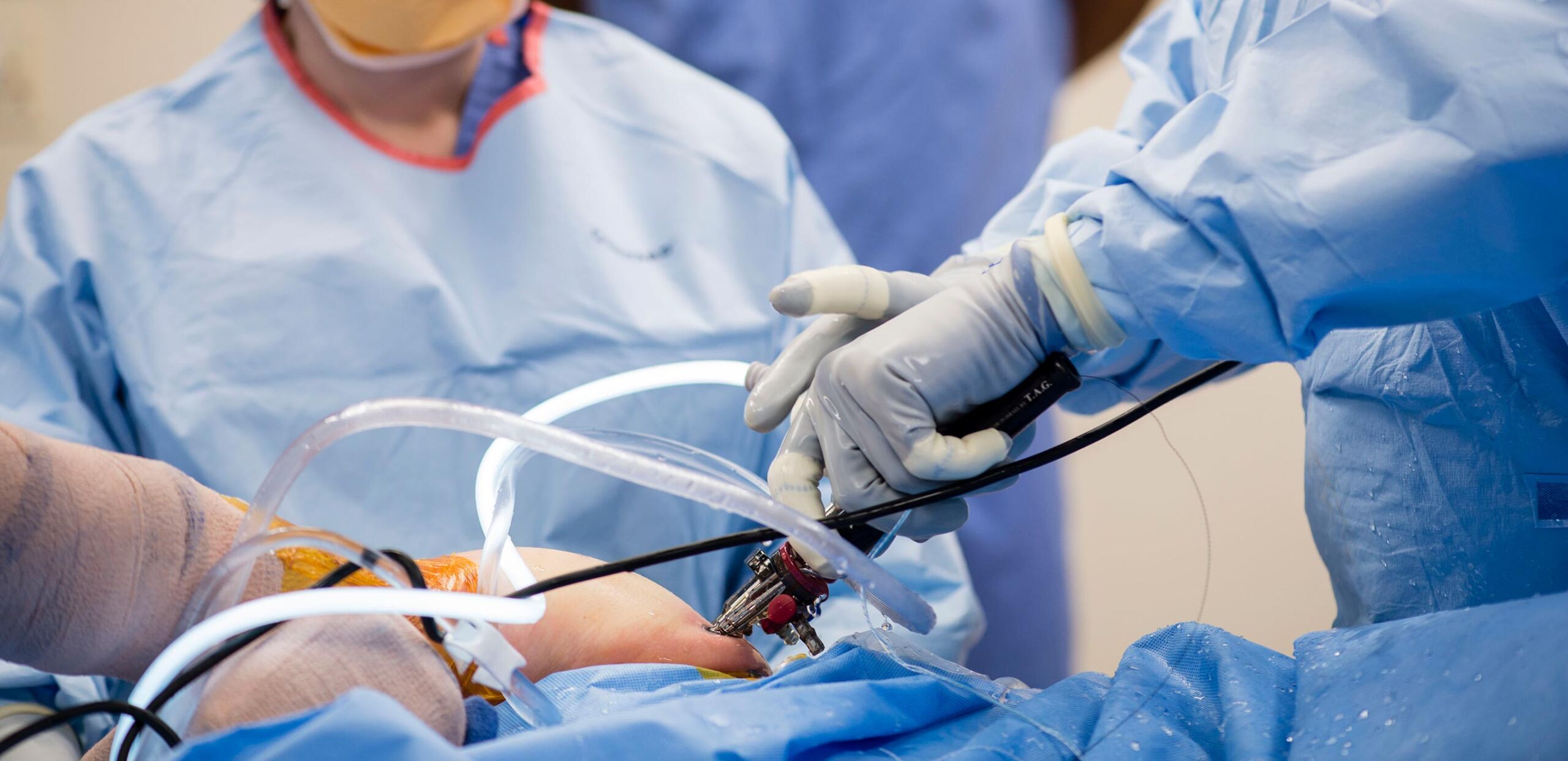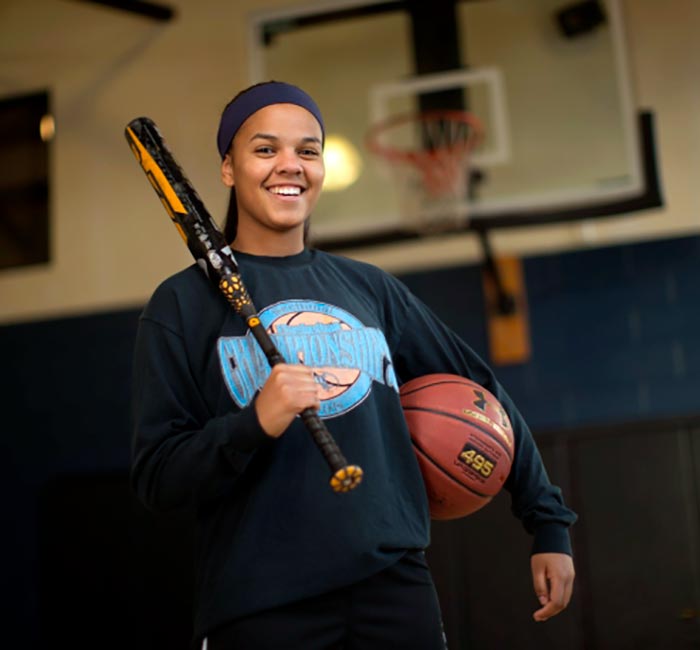Orthopedic Trauma
Accidents happen! When they happen to you, our team of orthopedic specialists is there to help you get back to your life. Our practitioners have extensive experience in fracture management and trauma care. Whether you break a bone, twist an ankle or dislocate a joint, your care typically starts with the emergency room or primary care doctor—our staff works closely with these providers to guide your care.
Orthopedic trauma is a branch of orthopedic surgery specializing in problems related to the bones, joints, and soft tissues (muscles, tendons, ligaments) of the entire body following trauma. Its primary objective is to heal fractured bones, restore the anatomic alignment of the joint surfaces to allow for recovery and return the injured body part to its maximum functionality.
Treatment options
Many orthopedic traumas do not need surgery and can be treated successfully with splints, casts, braces and physical therapy. Once our physicians have spoken with you, examined your injury and compiled all of the available studies, we work with your primary care doctor to devise a treatment plan that best suits your need. We have on-site X-ray as well as instant access to all studies within the Cooley Dickinson Health Care system to assist in diagnosing your problem. We also have a full rehabilitative physical and occupational therapy program, so that you can begin the healing process immediately.
Nonsurgical Treatment of Trauma Injuries
Some fractures and dislocations, particularly of the clavicle, scapula, humerus, wrist, hand, and foot, can be successfully treated without surgery. Depending on the severity of the fracture, your physician may treat the injury non-surgically through an external fixation method. This method involves the use of splints, casts, braces, and other devices on the outside of the injury to stabilize the fracture.
Surgical Treatment of Trauma Injuries
An internal fixation method is when a physician performs minor surgery to place pins, wires, screws, and plates on the bone to stabilize it. Severe injuries may require more complex surgical procedures including bone grafting, limb lengthening, and complex reconstruction.
Conditions and injuries treated
Upper Body
- AC joint separation
- Boxer’s (metatarsal neck) fracture
- Buckle fracture
- Clavicle fracture
- Distal humerus fracture
- Galeazzi fracture
- Growth plate fractures (Salter-Harris)
- Humeral shaft fracture
- Monteggia fracture
- Proximal humerus fracture
- Radial head fracture
- Scaphoid fracture
- Shoulder dislocation
- Wrist fracture
Lower Body
- ACL injuries
- Ankle sprain
- MCL tear
- Meniscus tears
- Patella/quadriceps tendon tear
- PCL injuries
- Osteochondritis dissecans



